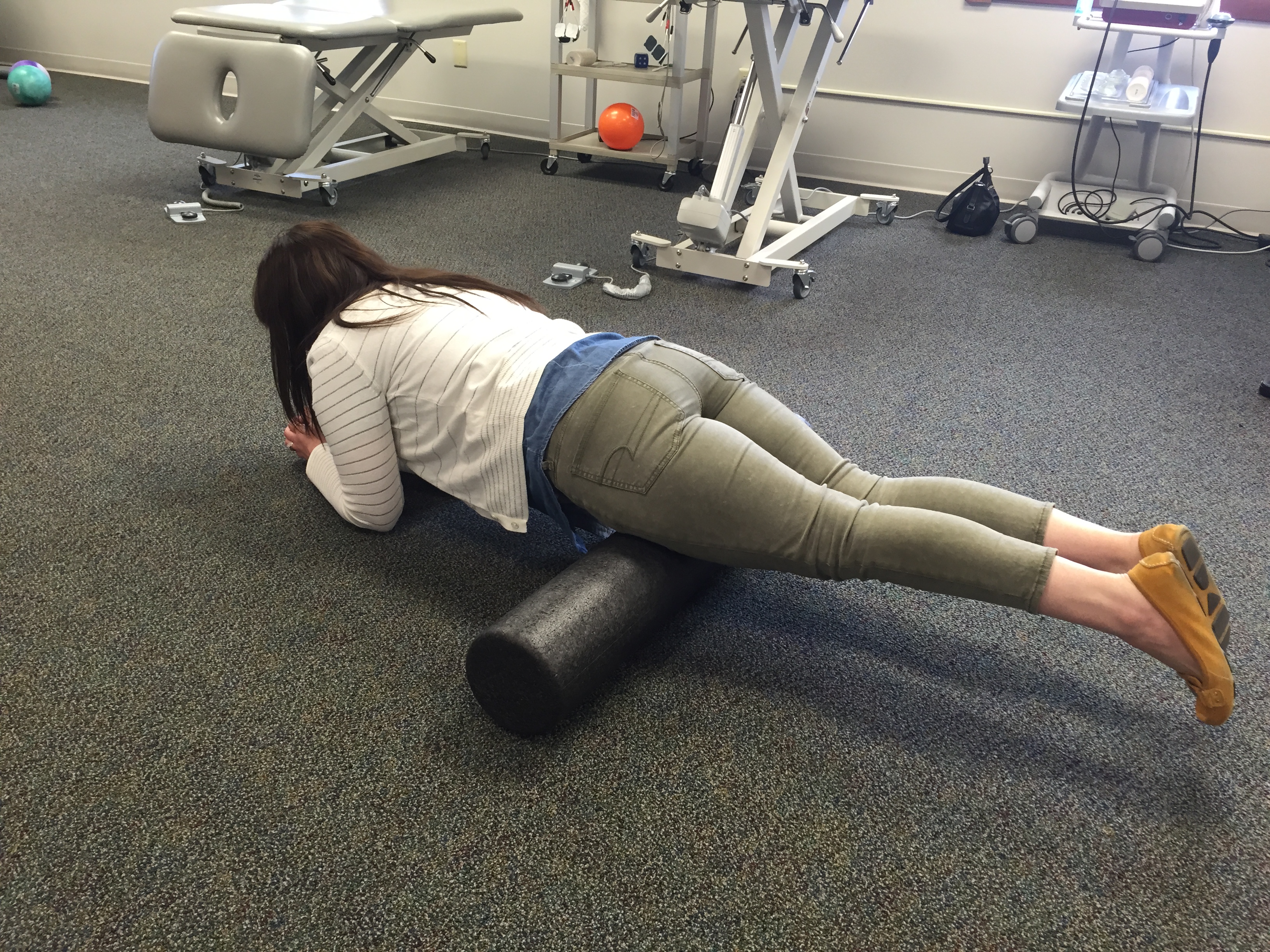If you walk into a gym or exercise facility today it is not uncommon to see large numbers of black foam cylinders either on a storage rack or on the floor. Many gym or club members are familiar with these self-treatment and sometimes-sadomasochistic instruments of muscle manipulation. However, in 2017 there are still people that have not heard of the “foam-roller” and are not familiar with the possible uses of this device.
Self-Myofascial Release (SMFR) is a technique in which an individual attempts to treat a musculoskeletal pathology or deficiency via the use of an instrument. Instruments used for SMFR include lacrosse balls, golf balls, frozen water bottles, weighted metal bars, metal tools with special edges, tools designed for specific areas and pathologies, and foam rollers. This article discusses the use of the foam roller for SMFR.
There are many different types of foam rollers and most can be obtained for anywhere from$10 to $100. The most notable differences between types of foam rollers are the density of the material that they are made of, the length of the roller, and the texture of the surface. As their name implies, foam rollers are generally made from foam. Open-cell foam rollers are usually softer and conform to the body area being treated. These may be the most comfortable, especially if the area is hypersensitive or you’re just beginning SMFR. Closed-cell rollers are significantly firmer than open-cell rollers. Therefore, closed-cell rollers do not conform to the body area being treated and apply more pressure over a smaller area of tissue at any given time.
Some ‘foam’ rollers are not really made with foam, but rather are made from a PVC pipe covered with a rubberized material. Generally, these rollers will also have a raised texture to their surface. The combination of rigidity from the PVC pipe with the raised texture causes these rollers to apply the most pressure, which makes them arguably the most effective, but also the most painful of the rollers available.
Benefits of SMFR include improved joint range of motion (ROM) with foam rolling and have been demonstrated with a significant amount of evidence. There are several theories of how this happens. One theory suggests that the pressure exerted by the roller on the tissue combined with the movement over the roller assists in ‘breaking up’ fascial adhesions between contractile and non-contractile tissues. This means that different tissues, such as muscle and its fascial covering, can now slide freely by one another.
Another theory suggests that because SMFR increases local blood flow, muscles can
lengthen more than they might otherwise without this increased supply of blood. The most popular theory is that the pressure exerted by the foam roller causes the nervous system to decrease its input to the muscle being rolled in a process that’s similar to autogenic inhibition (sudden relaxation of muscle in response to pressure or tension to prevent tearing).
You may ask the question, “Why not just stretch to increase ROM?” Several studies have demonstrated that SMFR with a foam roller produces an increase in ROM quicker than static stretching can. The same studies did, however, also note that the greatest gains in ROM were found when foam rolling and static stretching were combined. In addition to gaining ROM faster with foam rolling than with static stretching, force production at end ROM is not decreased by foam rolling like it is with static stretching.
This means that if you stretch to gain ROM you’ll decrease your force production near the end of your ROM. Conversely, if you foam roll to gain ROM you’ll maintain similar force production near the end of your ROM. Therefore, you may better off foam rolling prior to an event instead of stretching.
Some evidence has demonstrated the ability of SMFR with foam rolling to decrease
arterial stiffness and improve vascular endothelial function. This means that the area
being foam rolled will have increased blood flow and perfusion (transfer of substances
between blood and cells), which can promote tissue healing in addition to providing
muscles with the oxygen and nutrients they need to optimally perform.
After exercise, foam rolling has been shown to decrease soreness and fatigue, which can allow an individual to return to activity sooner and with less discomfort. Foam rolling can also increase pressure pain threshold (PPT). PPT is the amount of pressure that can be applied prior to pain being felt.
There is a good body of research regarding the effective use of foam rollers to increase range of motion, improve blood flow and muscular mobility. Rollers come in a variety of densities making the process useful for almost anyone and they are also affordable. Foam rollers are an effective injury prevention tool for both high level and recreational athletes.

